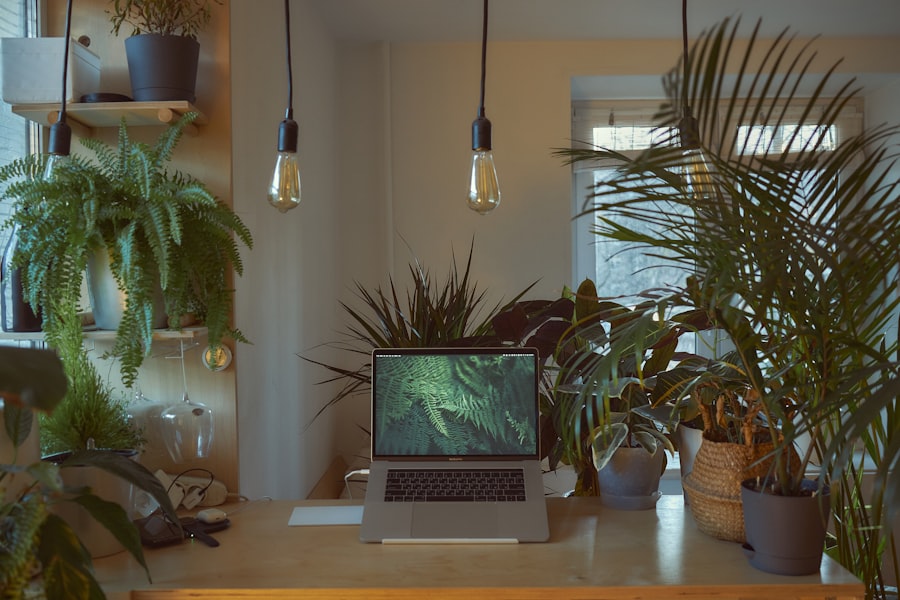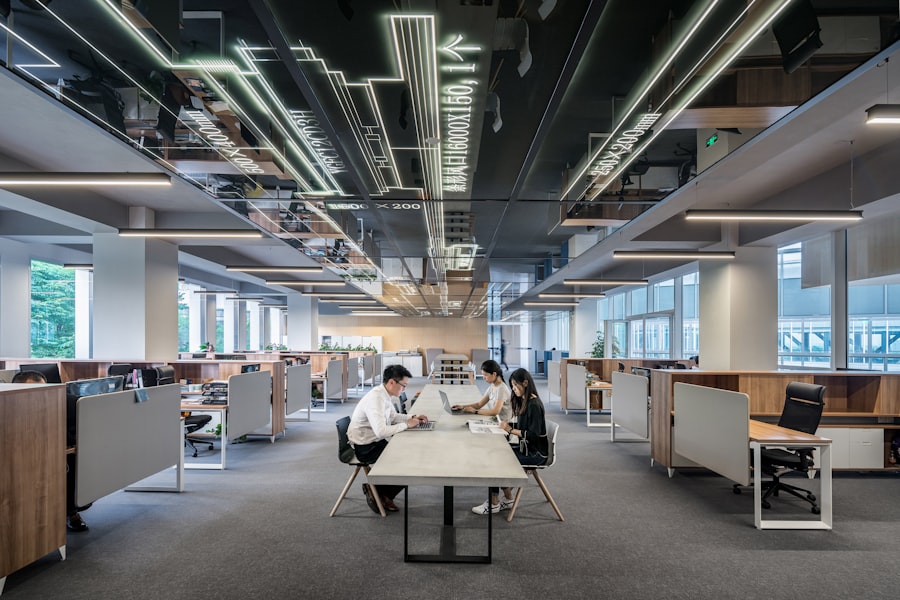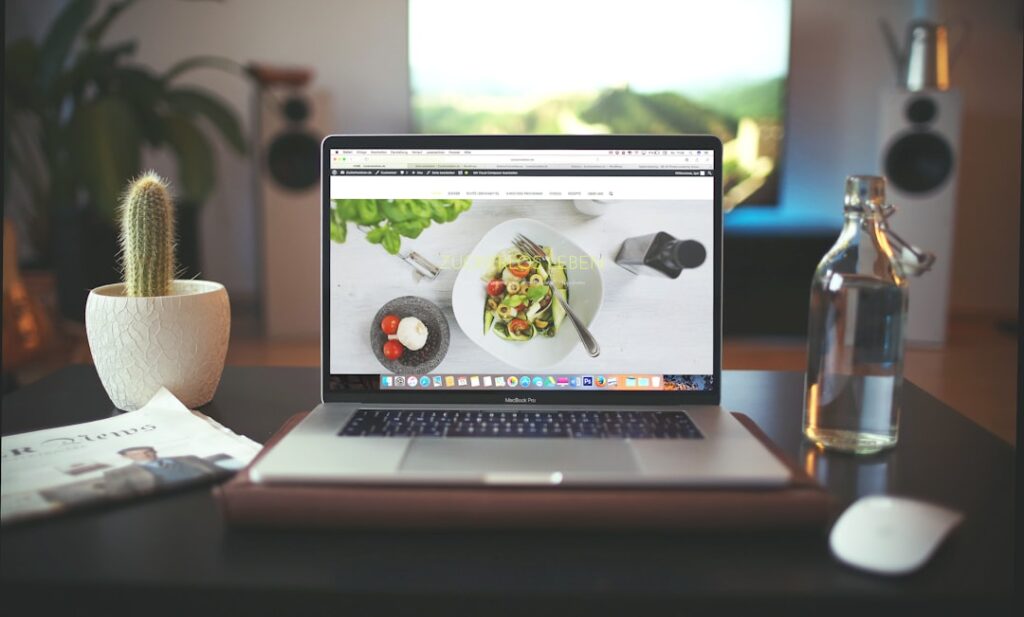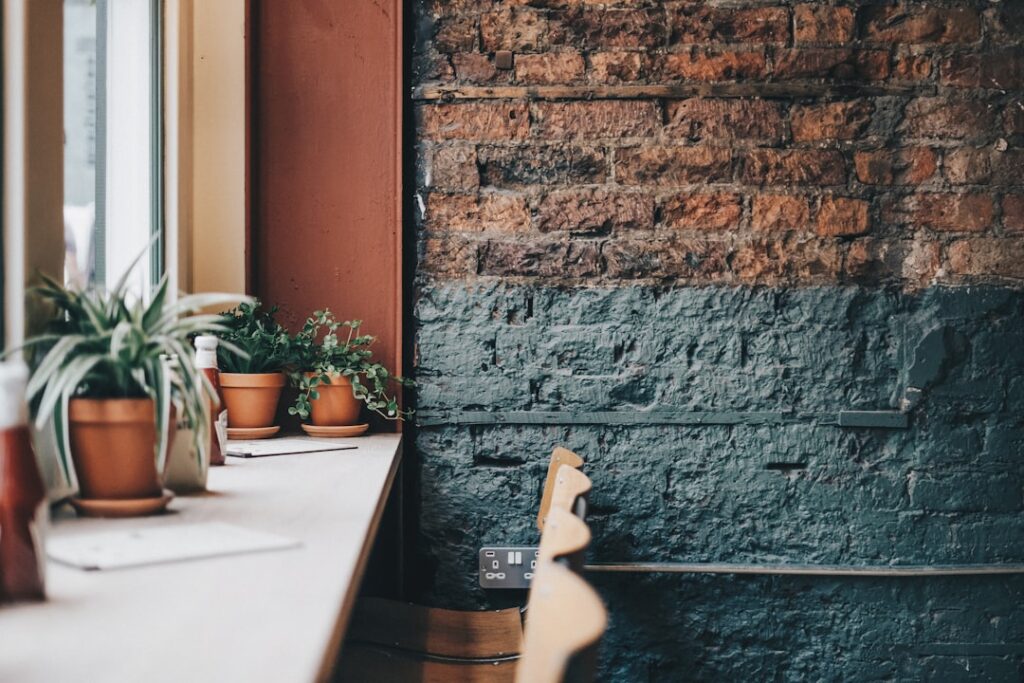The office space serves as a critical environment where productivity, creativity, and collaboration converge. It is not merely a physical location; it embodies the culture and ethos of an organization. Understanding the purpose of an office space begins with recognizing its role in facilitating work processes and fostering employee engagement.
For instance, a tech startup may prioritize open spaces that encourage brainstorming and teamwork, while a law firm might require more private offices to ensure confidentiality and focus. The design and layout of the office should reflect these distinct needs, creating an atmosphere that aligns with the organization’s mission and values. Moreover, the purpose of an office extends beyond just functionality; it also encompasses employee well-being.
A well-designed office can significantly impact morale and job satisfaction. For example, incorporating areas for relaxation or informal meetings can help reduce stress and promote a healthy work-life balance. Understanding the purpose of the office space involves a holistic approach that considers not only the tasks at hand but also the emotional and psychological needs of employees.
This understanding lays the groundwork for creating an environment that is both productive and enjoyable.
Key Takeaways
- The purpose of the office space should align with the company’s goals and values, and cater to the needs of employees.
- Maximizing natural light and airflow can improve productivity and overall well-being in the office.
- Choosing the right furniture and layout can optimize space and promote collaboration among employees.
- Incorporating technology and connectivity is essential for a modern and efficient office environment.
- Adding personal touches and greenery can create a more inviting and comfortable workspace for employees.
Maximizing Natural Light and Airflow
Designing for Natural Light
For instance, companies like Google have embraced this concept by designing their offices with expansive glass walls that not only provide stunning views but also allow natural light to flood the workspace.
The Role of Airflow in Office Comfort
In addition to natural light, airflow plays a crucial role in maintaining a comfortable office environment. Proper ventilation can help regulate temperature and improve air quality, which is vital for employee health and productivity. Incorporating features such as operable windows, ceiling fans, or advanced HVAC systems can enhance airflow throughout the space.
Creating a Healthy and Productive Workspace
For example, an office designed with an open floor plan can benefit from strategically placed air vents that ensure fresh air circulates freely, reducing stuffiness and creating a more pleasant working atmosphere. By prioritizing natural light and airflow, organizations can create spaces that invigorate employees and foster a sense of well-being.
Choosing the Right Furniture and Layout

The selection of furniture and layout is pivotal in shaping the functionality and aesthetic appeal of an office space. Ergonomic furniture is essential for promoting comfort and reducing the risk of musculoskeletal disorders among employees. Desks that can be adjusted for height, chairs with lumbar support, and collaborative seating arrangements are all critical components of a well-designed office.
For instance, companies like Steelcase have developed innovative furniture solutions that cater to various work styles, allowing employees to switch between sitting and standing throughout the day. The layout of the office should also facilitate collaboration while providing spaces for focused work. Open-plan designs encourage teamwork but can lead to distractions if not managed properly.
Incorporating designated quiet zones or soundproof meeting rooms can help balance the need for collaboration with the necessity of concentration. For example, a tech company might implement a layout that includes both open workstations for team projects and enclosed pods for individual tasks. By thoughtfully choosing furniture and layout, organizations can create an environment that supports diverse work styles and enhances overall productivity.
Incorporating Technology and Connectivity
In today’s digital age, technology plays an integral role in shaping the modern office environment. High-speed internet connectivity, advanced communication tools, and smart office solutions are essential for facilitating seamless collaboration among team members. Organizations must invest in robust IT infrastructure to support remote work capabilities, video conferencing tools, and cloud-based project management systems.
For instance, companies like Slack have revolutionized workplace communication by providing platforms that enable real-time collaboration across different locations. Moreover, incorporating smart technology into the office design can enhance efficiency and convenience. Automated lighting systems that adjust based on occupancy or time of day can save energy while improving comfort levels.
Additionally, integrating IoT devices can provide valuable insights into space utilization, helping organizations optimize their layouts based on actual usage patterns. For example, smart sensors can track how often meeting rooms are booked or how many employees are present in a given area at any time. By embracing technology and connectivity, organizations can create dynamic work environments that adapt to the evolving needs of their workforce.
Adding Personal Touches and Greenery
Personalization is a key aspect of creating an inviting office space that resonates with employees. Allowing team members to customize their workstations with personal items such as photos, artwork, or mementos fosters a sense of ownership and belonging within the workplace. This practice not only enhances individual morale but also contributes to a more vibrant office culture.
For instance, companies like Zappos encourage employees to decorate their workspaces in ways that reflect their personalities, resulting in a diverse tapestry of styles throughout the office. Incorporating greenery into the office design is another effective way to enhance the environment. Plants have been shown to improve air quality, reduce stress levels, and increase overall well-being among employees.
Integrating biophilic design principles—such as living walls or indoor gardens—can create a calming atmosphere that promotes creativity and focus. For example, Amazon’s Spheres in Seattle feature lush plant life within a glass structure, providing employees with a unique space to relax and recharge amidst nature. By adding personal touches and greenery to the office space, organizations can cultivate an environment that inspires creativity and fosters employee satisfaction.
Organizing and Decluttering the Space

Effective Storage Solutions
Implementing effective storage solutions—such as filing cabinets, shelving units, or digital document management systems—can help keep work areas tidy while ensuring easy access to necessary materials. For instance, companies like IKEA offer modular storage solutions that allow organizations to customize their spaces according to specific needs.
Encouraging a Culture of Decluttering
Additionally, promoting a culture of decluttering can empower employees to take ownership of their workspaces. Regularly scheduled clean-up days or designated areas for recycling can encourage team members to maintain organization within their environments.
Boosting Productivity and Reducing Distractions
For example, Google has implemented policies that encourage employees to keep their desks clear of unnecessary items, fostering a sense of discipline while enhancing focus on tasks at hand. By prioritizing organization and decluttering efforts, organizations can create a more streamlined workspace that enhances productivity and reduces distractions.
Selecting a Color Scheme and Decor
The color scheme of an office space significantly influences mood and productivity levels among employees. Different colors evoke various emotions; for instance, blue is often associated with calmness and focus, while yellow can stimulate creativity and energy. When selecting a color palette for an office environment, it is essential to consider the nature of the work being performed as well as the overall brand identity of the organization.
For example, a creative agency may opt for vibrant colors to inspire innovation, while a financial institution might choose more subdued tones to convey professionalism. Decor elements also play a vital role in enhancing the overall aesthetic appeal of an office space. Artwork, wall murals, or motivational quotes can add character while reinforcing company values or mission statements.
Incorporating local artists’ work not only supports the community but also creates a unique atmosphere that reflects regional culture. For instance, Salesforce’s San Francisco headquarters features art installations from local artists that celebrate the city’s history and diversity. By thoughtfully selecting color schemes and decor elements, organizations can create visually appealing environments that resonate with employees on multiple levels.
Maintaining a Functional and Inspiring Environment
Creating an inspiring office environment requires ongoing attention to functionality and aesthetics alike. Regular maintenance of furniture, technology, and communal spaces ensures that everything remains in optimal condition for use. Establishing protocols for routine inspections or repairs can prevent minor issues from escalating into significant problems that disrupt workflow.
For example, companies may implement quarterly assessments of common areas such as break rooms or conference rooms to ensure cleanliness and functionality. Furthermore, fostering an inspiring atmosphere involves encouraging open communication among team members about their needs and preferences regarding workspace design. Regular feedback sessions or surveys can provide valuable insights into what aspects of the environment are working well or require improvement.
For instance, if employees express a desire for more collaborative spaces or additional quiet zones for focused work, organizations should be willing to adapt accordingly. By maintaining a functional and inspiring environment through proactive measures and employee engagement, organizations can cultivate workplaces that not only meet operational needs but also inspire creativity and innovation among their teams.
When designing the interior of an office, it is important to consider not only aesthetics but also functionality and ergonomics. One key element to consider is the type of desks used in the office. Height-adjustable desks can greatly improve the comfort and productivity of employees by allowing them to easily switch between sitting and standing throughout the day. For more information on how height-adjustable desks can benefit your office design, check out this article on height-adjustable desks and ergonomics. Additionally, upgrading to executive desks can add a touch of sophistication and professionalism to your office space. To learn more about how executive desks can elevate your office design, visit Upgrade Your Office with Executive Desks. And don’t forget about the importance of stylish and comfortable office chairs. To explore a variety of stylish office chairs in Dubai that can enhance the overall look and feel of your workspace, read this article on Stylish Office Chairs in Dubai.
FAQs
What is office interior design?
Office interior design is the process of creating a functional and aesthetically pleasing workspace that enhances productivity and reflects the company’s brand and culture. It involves the arrangement of furniture, lighting, color schemes, and overall layout of the office space.
Why is office interior design important?
Office interior design is important because it can have a significant impact on employee morale, productivity, and overall well-being. A well-designed office space can also leave a positive impression on clients and visitors.
What are some key elements of office interior design?
Key elements of office interior design include ergonomic furniture, efficient use of space, proper lighting, incorporation of branding elements, and the use of colors and textures that promote a positive work environment.
How does office interior design impact productivity?
A well-designed office space can improve productivity by creating a comfortable and inspiring environment for employees. It can also facilitate better communication and collaboration among team members.
What are some popular trends in office interior design?
Some popular trends in office interior design include open floor plans, flexible workspaces, biophilic design (incorporating nature into the workspace), and the use of sustainable and eco-friendly materials.
How can businesses benefit from investing in office interior design?
Businesses can benefit from investing in office interior design by improving employee satisfaction and retention, creating a positive brand image, and enhancing the overall work environment. A well-designed office space can also attract top talent and impress clients.


